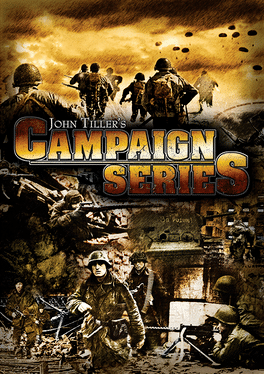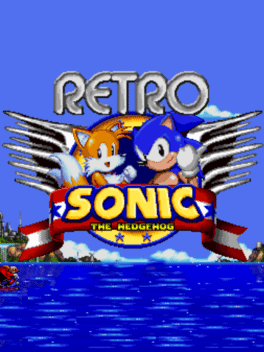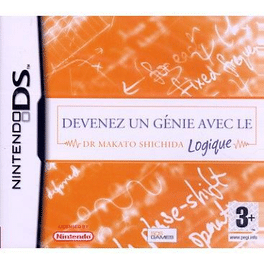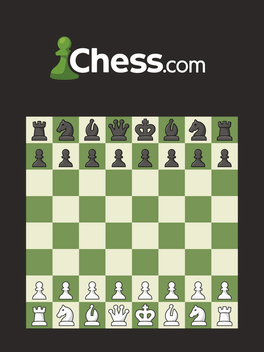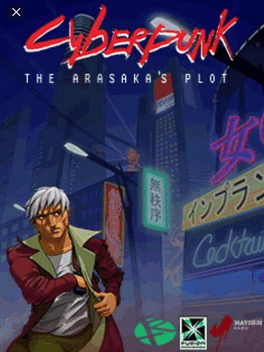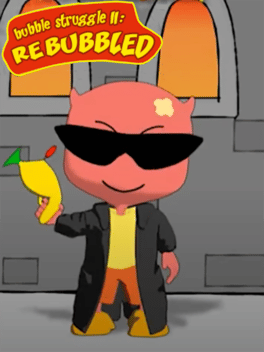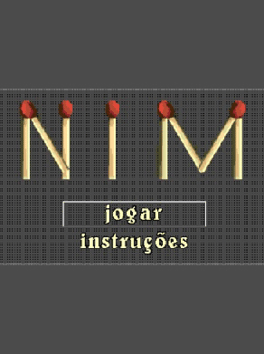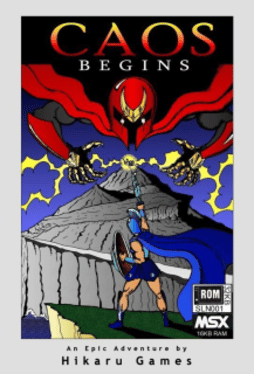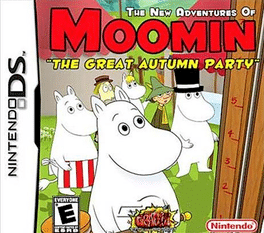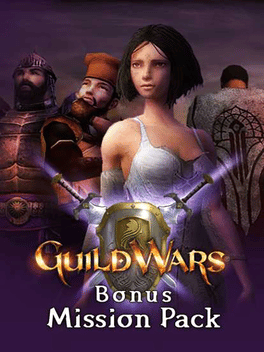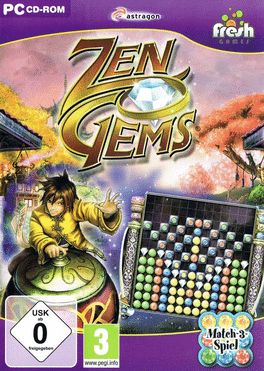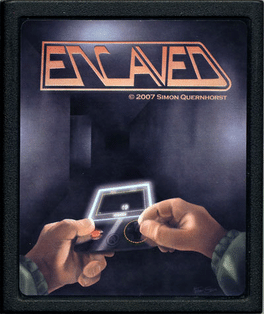New Games - Page 10028
-
John Tiller's Campaign Series
2007
The John Tiller's Campaign Series exemplifies tactical war-gaming at its finest by bringing you the entire collection of TalonSoft's award-winning campaign series. Containing TalonSoft's West Front, East Front, and Rising Sun platoon-level combat series, as well as all of the official add-ons and expansion packs, the Matrix Edition allows players to dictate the events of World War II from the tumultuous beginning to its climatic conclusion. -
Retro Sonic
2007
Retro Sonic
2007
Retro Sonic was a fan game project by Christian "The Taxman" Whitehead which would, later on, become the Retro Engine. -
Bomba Patch
2007
Bomba Patch
2007
Bomba Patch is a community mod for Pro Evolution Soccer 6 on PlayStation 2, which adds Brazilian Soccer teams and Portuguese voice-overs. It has been followed by many iterations and versions. -
Axel City
2007
Axel City
2007
An indie 2D fighting game by Project Atsuki, made with ASCII's 2D Fighter Maker software. Along with an updated 2009 "Gaiden" revision, it later received a full-fledged sequel for arcades. -
Backyard Football
2007
-
Chess.com
2007
Chess.com
2007
star 7.9Play chess online with millions of players around the world! Enjoy free unlimited games and improve your chess rating with 50,000+ tactics puzzles, interactive lessons and videos, and a powerful computer opponent. Unlock your inner chess master today! -
Cyberpunk: The Arasaka's Plot
2007
Cyberpunk: The Arasaka's Plot is a mobile game based on Mike Pondsmith's pen and paper RPG Cyberpunk. The game is a platformer similar to Flashback. The player can walk and run left and right, jump, crouch and climb ledges up and down. When entering combat the player uses a gun at long range or a melee attack at short range. Once enemies have been killed the player can take their armor and other items they might carry. Items that can be found include implants and new weapons. After taking damage, medic kits can be used to restore health. The player can hack various computer terminals he comes across. By doing so it's possible to get access to weapon and stat upgrades and to unlock doors. The player might also come across links to the game's website where more of its back story is revealed. Hacking involves playing a mini game that is similar to QIX. The game has some minor RPG elements although the player's stats increase automatically as he progresses through the game. There are also implants that can be used to g -
Real Soccer 2007
2007
Real Soccer 2007
2007
Real Soccer is a mobile phone sports video game franchise with gameplay emulating soccer. The series is developed and published by Gameloft. The Real Soccer series started in the mid-2000s with Real Soccer 2004, which was free on some mobile phones. As of 2016, a new installment of the series has been published every year. The games feature both national teams and local clubs, and allow the player to play in various "real-life" cups. Real Football 2008 was the first in the series to be published on more than just mobile phones, as a Nintendo DS version was also produced. Real Soccer 2009 added an iOS version, and expanded the team lineup. Real Soccer 2012 added an Android version. Real Soccer 2018 was the last game in the series to be released on Java ME. -
Bubble Struggle II: Rebubbled
2007
Bubble Struggle II: Rebubbled is a Pang variant and the follow-up to Bubble Trouble. Like in the original game the player needs to shoot bubbles until they will disappear in order to go to the next level. There are power-ups that help the player (e.g. more points, other weapons, an extra life, a shield, extra time and more). If a bubble hits the player he will loses one life. The game is timed and if time runs out before the player shoots all the bubbles, he will also lose one life. The game supports local multiplayer with a second player. -
Arthic
2007
-
Nim
2007
Nim
2007
A puzzle game using match sticks. It was released as built-in game in some Mega Drive consoles by Tec Toy. -
Trials of Topaq
2007
-
Caos Begins
2007
-
The New Adventures of Moomin: The Great Autumn Party
2007
The New Adventures of Moomin: The Great Autumn Party is the eighth game in the Moomin franchise, released in 2007 for PC/Mac and Nintendo DS in Finland. The game is only available in Finnish and Swedish. -
Guild Wars: Bonus Mission Pack
2007
The Bonus Mission Pack is a mini-add-on where the player can witness certain events in the history of the current Guild Wars universe. It contains four unique missions, all single-player, all across the three continents (campaigns), where the player assumes the role of the story's hero. Those are: - Saul D'Alessio and the rise of the White Mantle in Kryta. - The story of Gwen after the Charr invasion in Ascalon. - Master Togo's history in the Canthan Tengu Wars. - The Battle of Jahai, where the Elonian hero Turai Ossa defeats the undead king Palawa Joko. -
Luna Online
2007
Luna Online
2007
Luna Online is a free-to-play massively multiplayer online role-playing video game developed by South Korean studio EYA Interactive. An expansion pack, titled Luna Plus, that includes additional game areas and levels, as well as cosmetic items, was released on January 20, 2011. On April 1, 2016, SubaGames relaunched the game via Steam, titling it "Luna Online: Reborn". -
Jealousy Duel X
2007
-
ZenGems
2007
-
Encaved
2007
Encaved
2007
You begin in a maze on the lower left corner. You can move anywhere but cannot pass through walls or the outer perimeter. If you press fire, you can see a spotlighted area of the maze and by holding down the button, you can move the joystick around to see more maze. You must find the exit before the timer, which begins counting down as soon as you move, reaches zero. In the maze, there is a box that will give you more time. If the timer reaches zero, game is over. Once you exit the maze, you get any remaining time as your score. If you never used the spotlight in that maze, your score is doubled.

